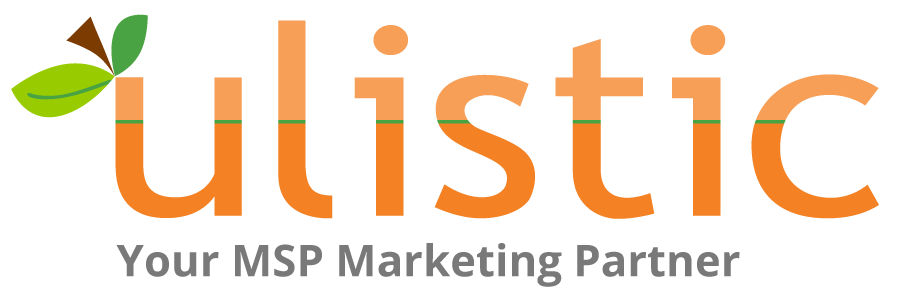October is National Cyber-Security Awareness Month
Have You Conducted Your IT Security Action Plan?
The availability of the Internet has benefitted our businesses in so many ways. We can communicate easily to employees, vendors and clients, work collaboratively with colleagues and co-workers, complete tasks more efficiently, and access the cloud for storage, applications and data transfers. Without access to the Internet our economy would simply come to a halt.
However, cyber attacks abound and are becoming increasingly fierce and destructive. With the current geo-political climate, hackers from Syria and other countries are posturing to retaliate if the U.S. government becomes involved in their ongoing war. As a result of these and other Internet threats, the U.S. Department of Homeland Security has deemed October as National Cyber Security Awareness Month.
With cyber attacks on the rise, and the current geo-political climate today, businesses should be at an elevated level of IT Security.
It’s a scary world, and the Internet as wonderful as it is, can bring disaster to the doorway of your business. You must ensure your IT infrastructure is protected against these threats. Plus, you need to ensure your physical IT assets are protected as well.
Are you helping your MSP clients develop:
Develop and Implement a Comprehensive IT Security Policy that spells out to your staff, vendors, and clients what steps you will take in the event of a disastrous cyber attack. This will give you and them the peace of mind that your data and IT assets will be protected and confidential no matter the circumstance.
Secure IT Systems and Networks so your IT infrastructure is securely constructed, maintained and monitored.
Assess the Vulnerability of Programs and implement a risk management strategy with anti-virus, anti-spyware, anti-spam, firewalls and application updates.
Protect and Securely Backup Your Data with encryption techniques, remote and automated backup solutions, and data replication in a safe, off-site location.
Protect Your IT Equipment and Limit Physical Access to IT Devices such as your servers and computers using locking racks, passwords, and other security processes and strategies.
Use Control Measures To Limit Access to Your IT System to Designated Users Only using complex passwords, multi-factor authentication processes, and privilege models with specialized access modes.
Test and Monitor Your Internal and External Systems to Detect Vulnerabilities and Weak Spots with solutions to fix and proactively monitor them for future vulnerabilities.



